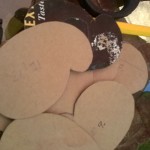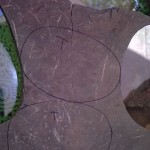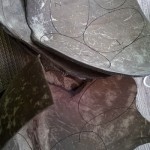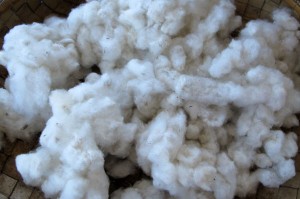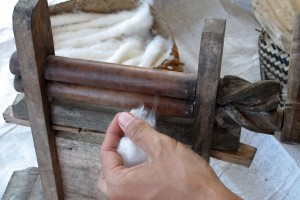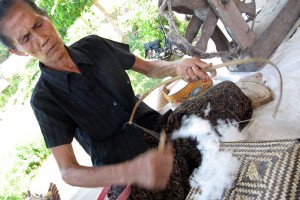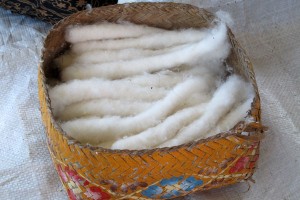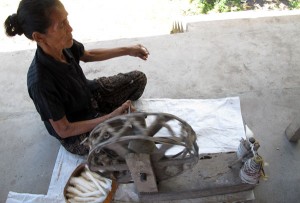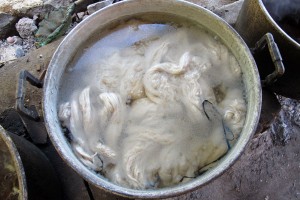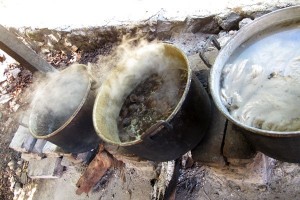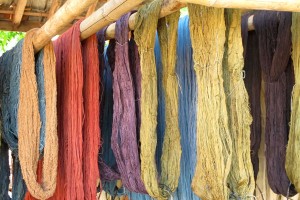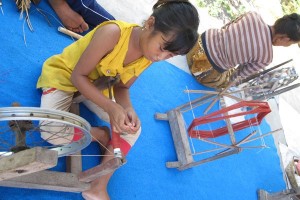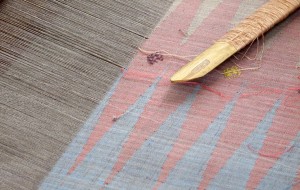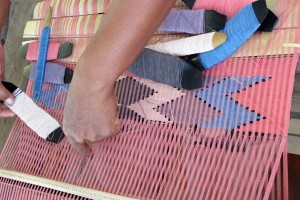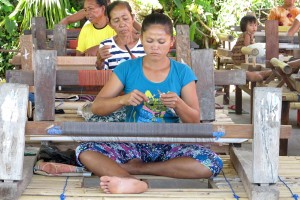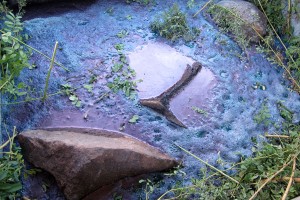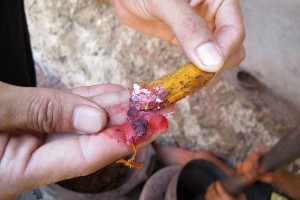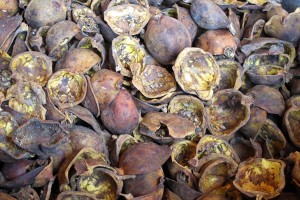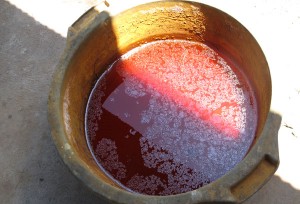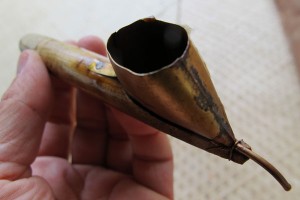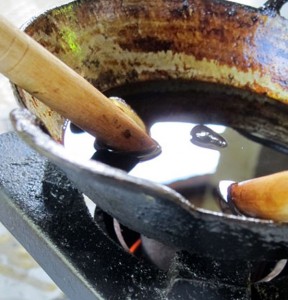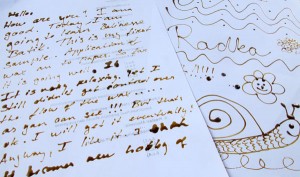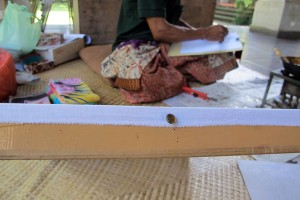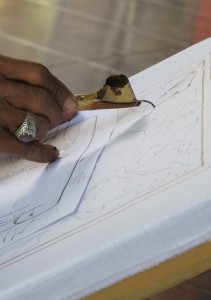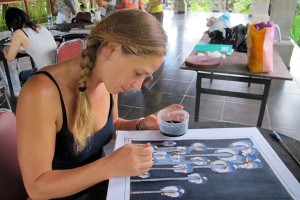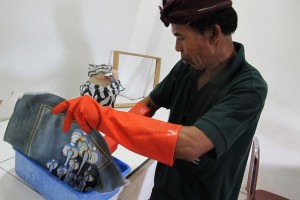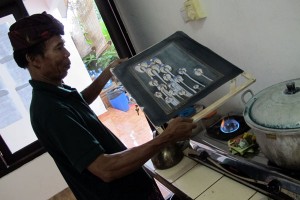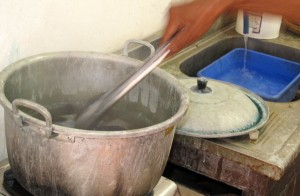Any creative soul who is trying to commit to their passion professionally will know exactly what I am talking about. However, for those not so much involved here is little insight into usual frustrations, progress and process of any designer, maker or artist.
Truth is that this post is mainly for me! Usually talking about my technical and aesthetic issues with my fellow making friends helps me to overcome most frustrations. However, this time it is different. I am on six month adventure, living In Bali and traveling Indonesian’s islands and my creative network is far away. As some may say I am on holidays, not to stress about it, it is not so easy to do. Most of my creative friends are the same. There are no holidays for creative people. Especially, when you are trying to make living out of it. There are ideas constantly flowing, but time to realize them is very limited so you try to make most of any given time.
So for those interested to know this is how my coconut jewellery range is going and how I predict to go. If you find my feelings and experience familiar, funny or new and you would like to share your frustrations, experiences and solutions please leave a comment on this site for others to read too.
I personally find stage one really exciting. It is when initial idea is developed, followed by some more work through more developments and then taking it even further to final design. Realizing what my materials are can be equally fulfilling as they often relate back to concept and once you source them you can get started. I love this moment of enlightening and who doesn’t? It feels like one just has discovered new planet and is just working on presenting it to others.
Stage two, collecting coconut and cleaning coconut was still exciting. You are getting slowly your hands on and can not wait to start cutting the real stuff out. At this point one is really tempted to skip production of sometimes necessary mock ups. These mock ups can be vital tool to resolution of correct proportion, technical issues etc.
Stage three, so I have three kilos of cleaned coconut shells. I have basic shapes for first neckpiece cut out and now I am revaluating the whole idea! Suddenly, I am not too sure about it! I am trying to keep calm and not to panic yet! I am reaching stage when I am looking at the piece in progress more than I am actually doing something with it. I am sure that it just needs more time and work for it to start looking cool………right?
Stage four – life gets in the way – At this stage I really want to sit down at my bench and JUST DO IT! However, my long time planned trip to Singapore, Lombok and Sumbawa has started two weeks ago and I can’t do anything until I return home. I am having more doubts as I can not see the piece (as I left it at home)……. I am about to panic and the only way to keep calm for me is to write a work plan, do more drawings and research so when I get back I don’t waste any time! I am thinking about it all the time even when I am hiking, swimming, diving or surfing. I know I am on holidays, but…….
Stage five – I can only predict at the moment as I am still in Lombok- upon my return to Bali and finding new place to live I will probably spend first week non-stop making. Nothing will be more important.
Stage six – work in progress will start looking as something. At this stage I expect my boyfriend and friends to start making comments such as; “aha this is necklace” or “oh, yeah, that looks cool” rather than previous “what is it going to be?” or “ummm, hmmm”
Stage seven – I will finish the work – but anytime I will show it to anybody I will be pointing out my errors rather than just promoting my work. Also, I will be waking up in middle of the night to improve bit here and bit there. I will be bit over it, but the work in my eyes won’t be perfect so I won’t be able to stop.
Stage eight – I will not be able to look at it anymore so I will pack it away and hope that when I pull it out next time it will miraculously be what I want it to be.
Stage nine – I unwrap the work weeks later and it does miraculously look better……..by then I would forget about the errors and if I would see them fixing them would be much easier with fresh eyes and new energy.
So this is where I am at right now and my prediction how it will go based on my past projects. I will keep you informed on progress!!
{ 2 comments }


